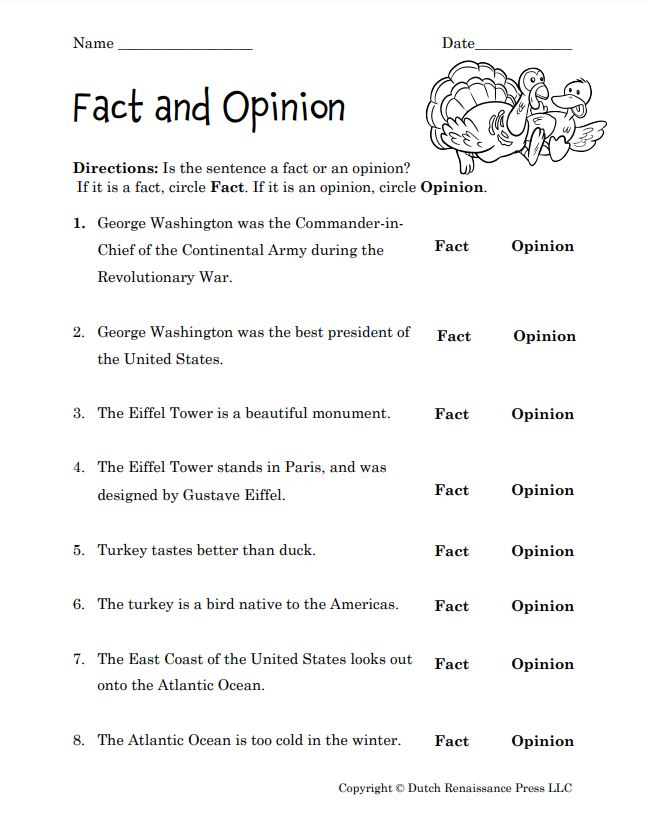Photo by Markus Winkler on Unsplash
Can You Distinguish Between Facts and Opinions?
One way to train media literacy in the United States is to teach students to distinguish between “facts” and “opinions.” If we define these two:
| Type | Description | Example |
|---|---|---|
| Fact | Based on objective observation and research, can be verified or falsified. | The United States is the country with the highest GDP in the world. |
| Opinion | Based on subjective feelings or thoughts, cannot be verified or falsified. | Anya is the cutest girl in the world. |

Many articles are written by combining “facts” and “opinions.” If one is not aware of the difference between “facts” and “opinions,” it is easy to be misled. This is not only important for media literacy but also crucial in work meetings, where one must learn to distinguish whether what is being presented is a substantiated “fact” or a personal “opinion.”
Additionally, arguing “opinions” with others online is futile, especially under the echo chamber effect, where it is difficult to shake decades of accumulated “opinions.” It is more practical to save time and live your own life.
You can also check whether the information sources you receive daily are “facts” or “opinions.” If what is being fed to you is full of “opinions” without “facts” to support them, their value is very low, as the production of “opinions” is quite cheap, while “facts” require a lot of time to read and digest.
Of course, “facts” are not perfect either. The definition of “leading the narrative” is to attack opponents by exposing one-sided “facts.”
PC: Tim’s Printables
